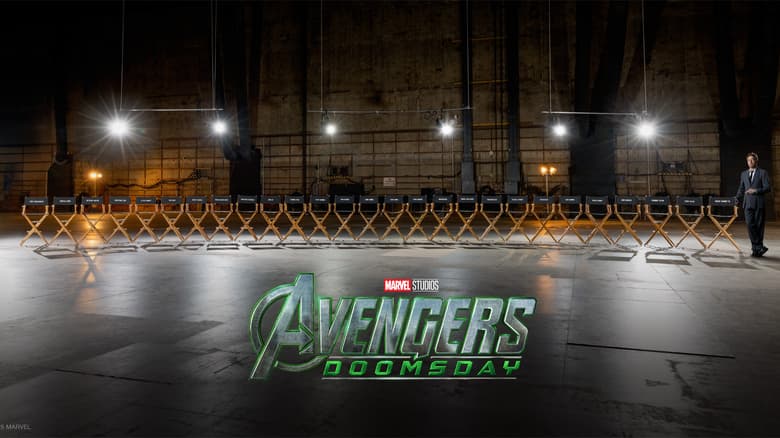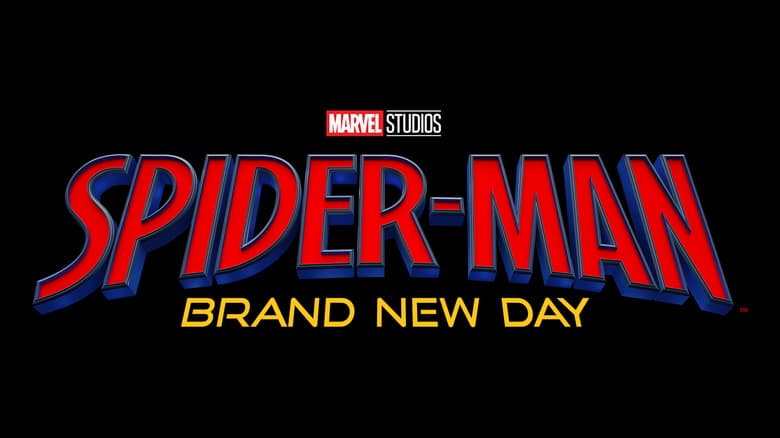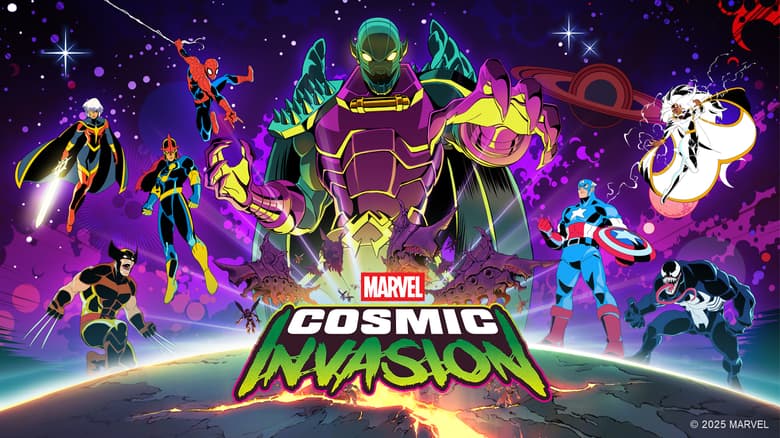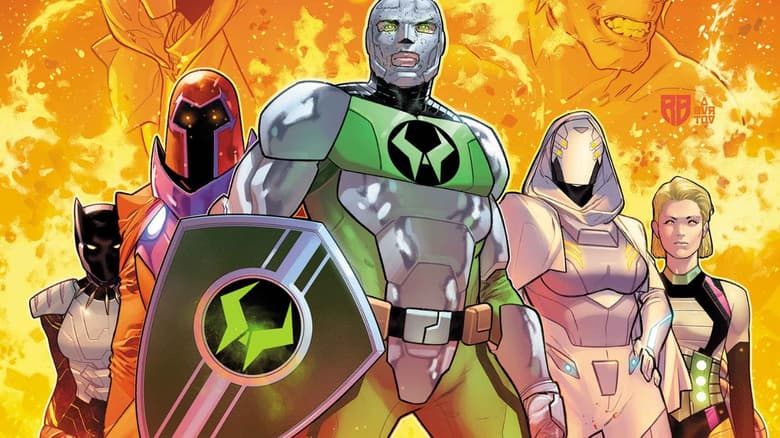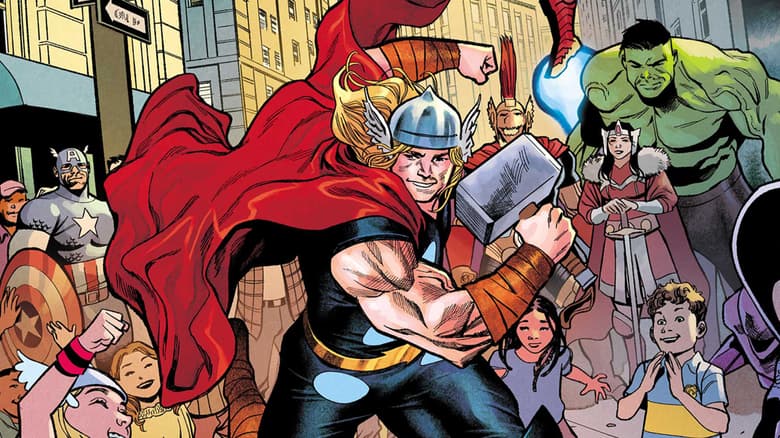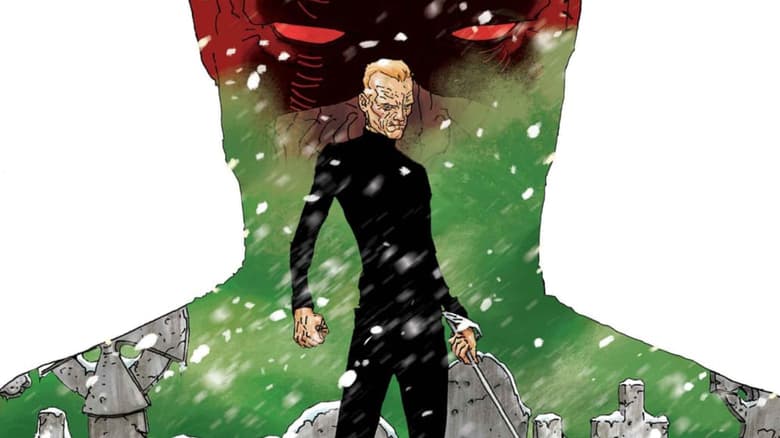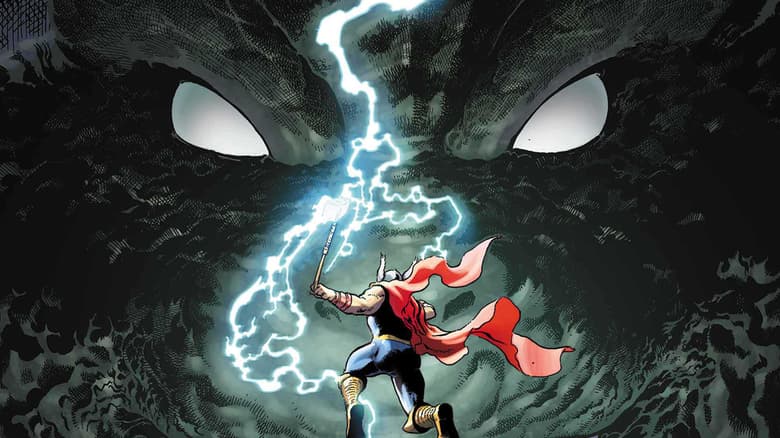Jack Kirby’s Design Influence Is A Force In ‘Thor: Ragnarok’
Production designer Dan Hennah talks about bringing Ragnarok to life!
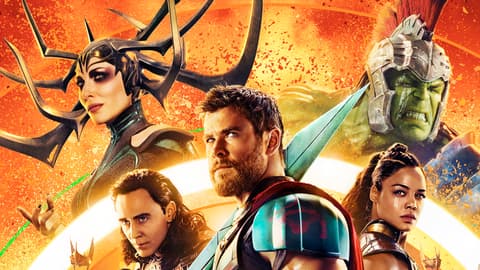
Marvel Studios’ “Thor: Ragnarok” will hit theaters in just a few weeks and soon audiences will get to see a leaner, brighter, universe for our favorite Asgardians and their coworkers.
Production Designer Dan Hennah spoke with Marvel.com about giving life to Asgard and how Jack Kirby’s influence was a running theme throughout the design process. Hennah described how bringing “Thor: Ragnarok” to life was a mix of old and new technology, much like Thor’s transformation in the film.
Asgard is a world of gods, but in “Thor: Ragnarok” we get to see the world in a different light. Hennah explained how this Asgard is something we haven’t seen before on screen, “We sort of tried to give it more of a humanity, tried to come down to the world of real gods and demigods. Of course it would be above and beyond the reach of normal people, but it’s a much more real world.”
“Refugees have been taken out of the city. So we need to get down to that sort of population a little as opposed to the (larger) world. Asgard is the home of the gods, so the assumption is that most of these people here—thousands of them—are some sort of demigods or children of gods. It’s more about the forces of the gods and the effect that they have on the people.”
While this god-like world is grandiose, with the addition of the general population, Hennah used a trick to make Asgard feel more utilitarian, “It’s home to gods, the previous incarnation was stone and gold. So we stayed with those elements and we’ve stayed with the champions of the architecture to a degree, but also we had this sort of human level of single story, two stories, three stories.” By adding smaller building perspectives, Hennah was able to give a feel of a more practical Asgard.
How much of Asgard relied on CGI? While walking on set, Hennah explained, “Every set has practical elements to it, but it was like fifty-fifty. In terms of standing here—if they were sitting on the ground level—the wall is real, everything up there is. Inside buildings, ceilings will be digital. But in directive, elements may be practical. You have to test the visual opportunities we’ll get from them. And we also give the actors something very real to work in, to get their lead into the character.”
Visually, it’s hard ignore the huge Jack Kirby influence on this movie. Hennah happened to be a longtime Kirby fan, “1960’s Jack Kirby was our inspiration. I’ve read Jack Kirby comics since I was 15 years old. So for me it was fantastic and to really get deeply into it, I was always just influenced by this big star of the comics.”
“Now our set design becomes another world, you have to analyze how he got his shapes, what they wore, what was put on them, how he used them.” Hennah detailed how King Kirby’s style was incorporated into the production design, “You know, it doesn’t look anything like Jack Kirby, but it does have the influence. So that’s really cool for me to find something—which is the process to design—finding things, subconscious things.”
Kirby’s style heavily influenced the design of the planet Sakaar, “That was really a Jack Kirby influence and Mayes Rubio—who’s costume designer—took the ball we had and ran with it as well, so we sort of were on the same page from day one in terms of the Sakaarian look; the people, the concept of Sakaar.”
“Sakaar’s populated by aliens and the sky in Sakaar has a number of wormholes that deposit space waste. Basically if you’re flying through space, you can get caught in a wormhole, and it’s a bit of a sewer.”
“There’s no vegetation in Sakaar. It’s purely made up of space waste. All the food is made from space waste. There might be cultures of mushrooms or something that I haven’t seen, but generally, it’s all about everything’s coming from outer space, including the population over thousands of years, so there’s blue people and green people—it’s space Vegas basically.”
The Saakar gladiator arena was rooted in Roman influences, “The early concept work that I inherited was largely Roman based gladiatorial and it’s been done so often that the sandals have worn out, you know. It’s time for something new and so we sort of went all alien with it. We toyed with a lot of different concepts, but we ended up with one where the arena itself is surrounded by bleachers which have standing up bleachers, not sitting down.”
This change allowed for a larger, looming audience concept for the arena, “And so they’re very tall—you can fit two hundred thousand people in there and it goes crazy—and at the very top of it, a spacecraft can sort of be sitting up there looking down into it, hovering.” These stylistic changes allowed for a bigger, badder, confrontation for those two friends who know each other from work.
To see all the action for yourself, check out “Thor: Ragnarok” when it hits theaters, November 3rd! Get your tickets now for “Thor: Ragnarok.” Stay tuned to Marvel.com for the latest on “Thor: Ragnarok,” and follow @ThorOfficial on Twitter and like Thor’s official Facebook page!
The Hype Box
Can’t-miss news and updates from across the Marvel Universe!



